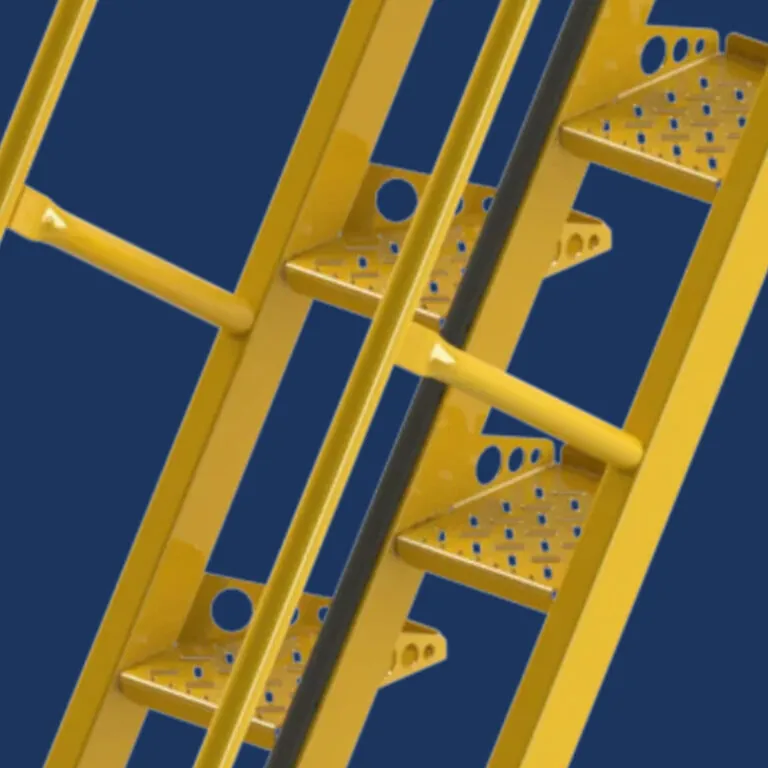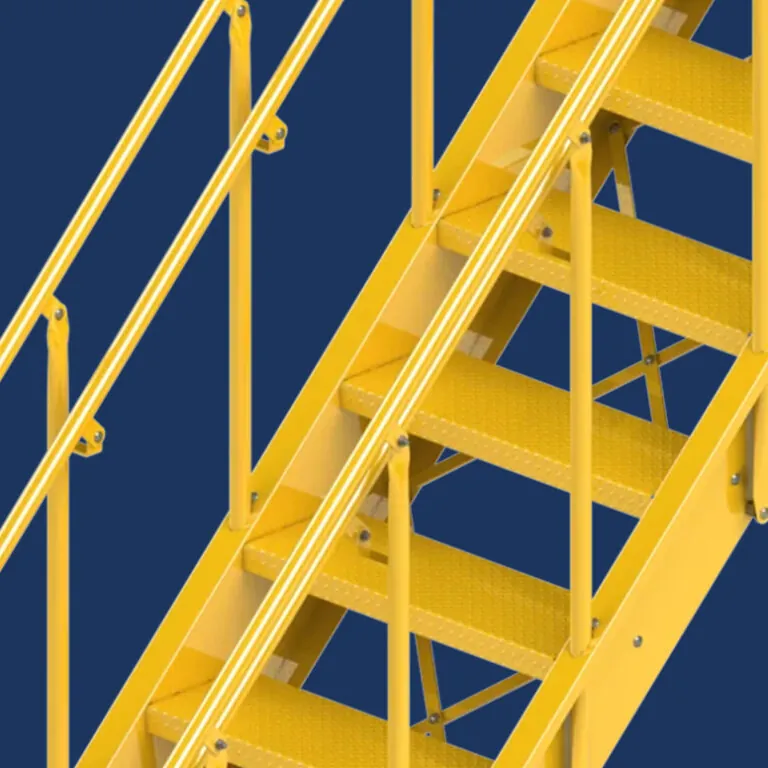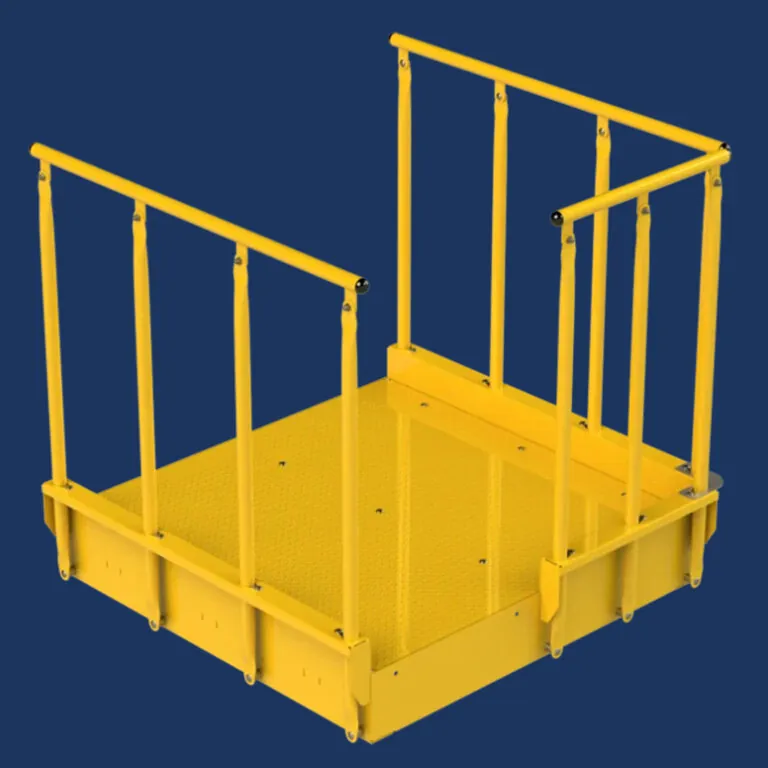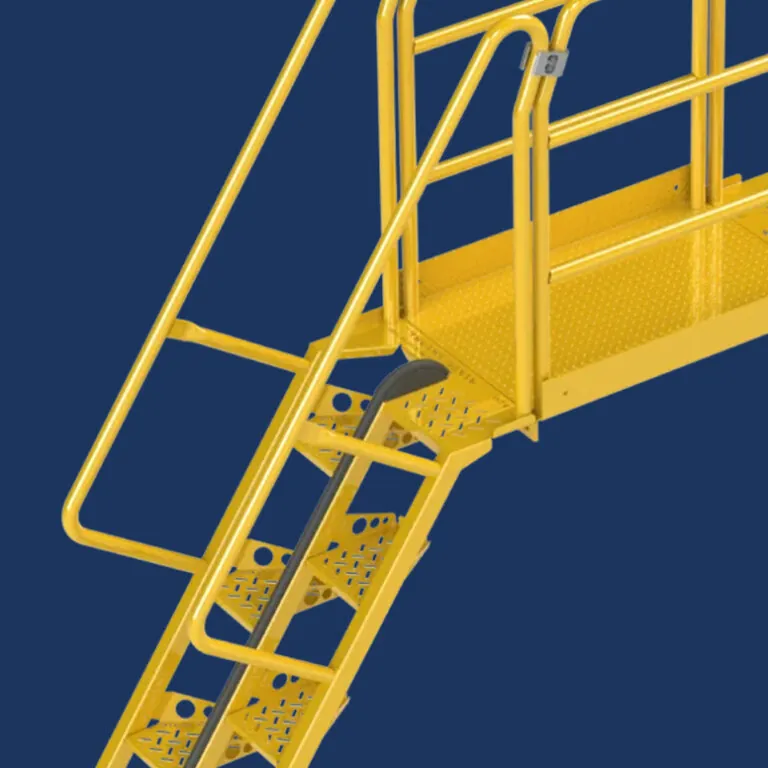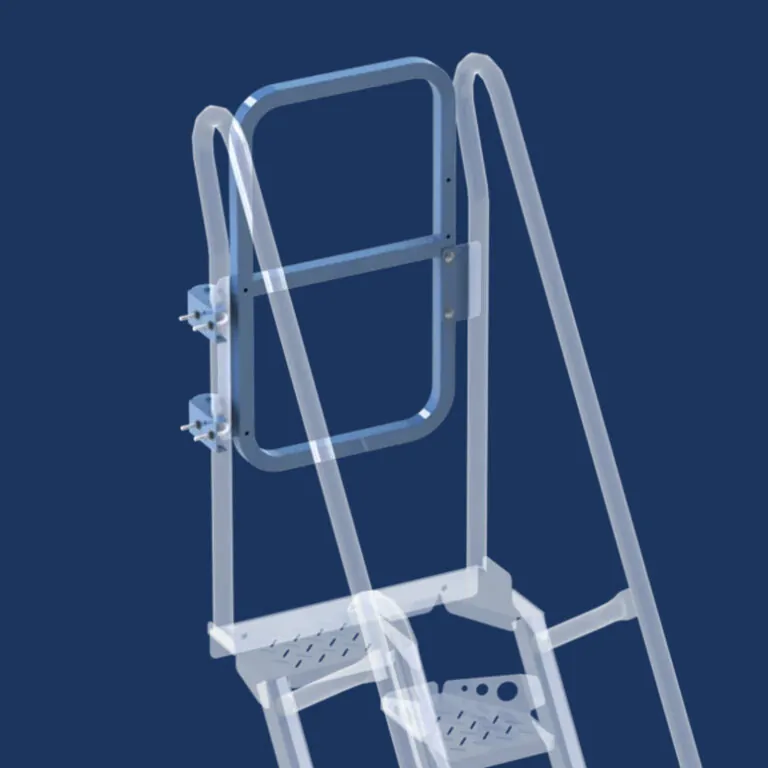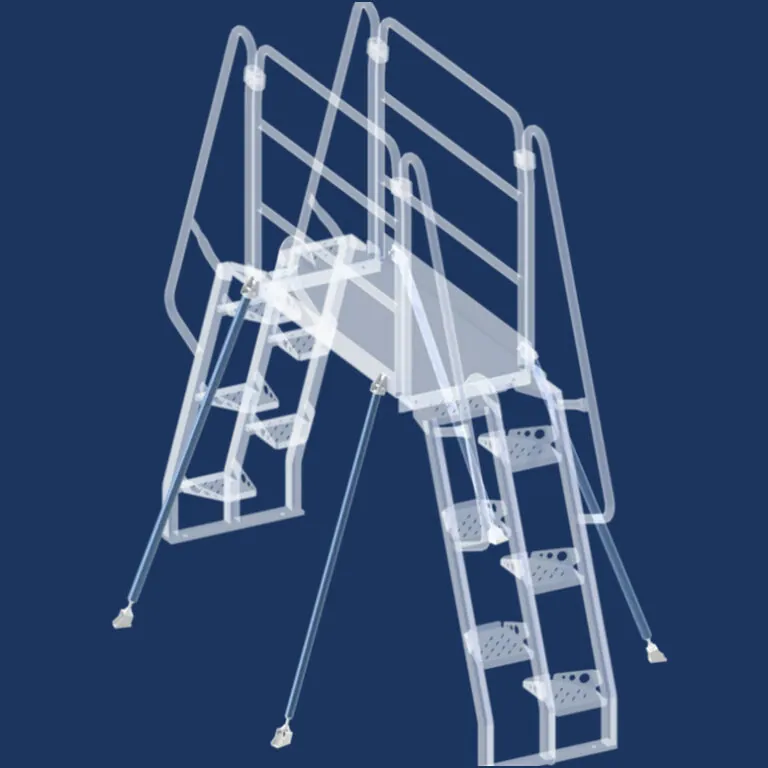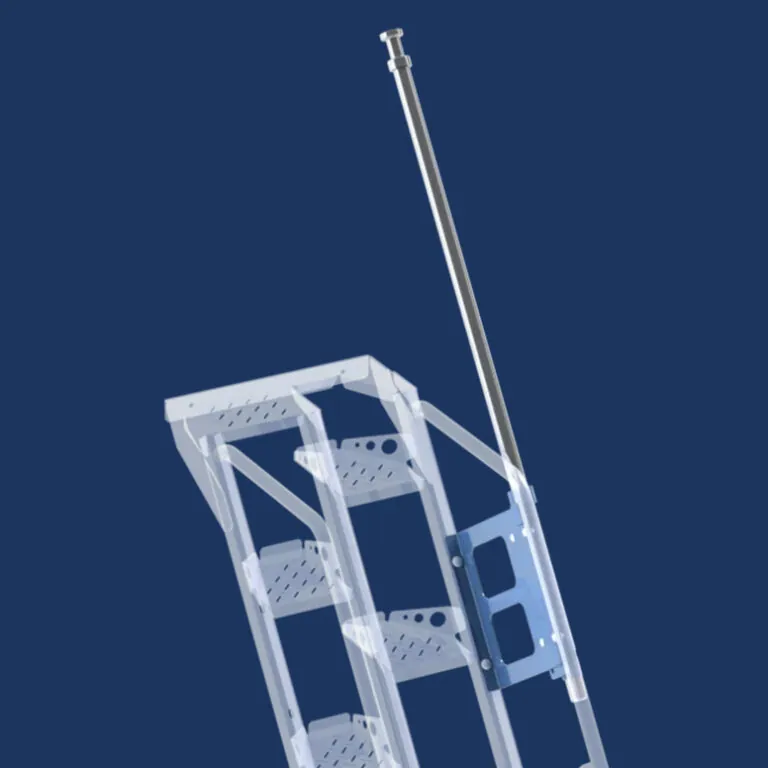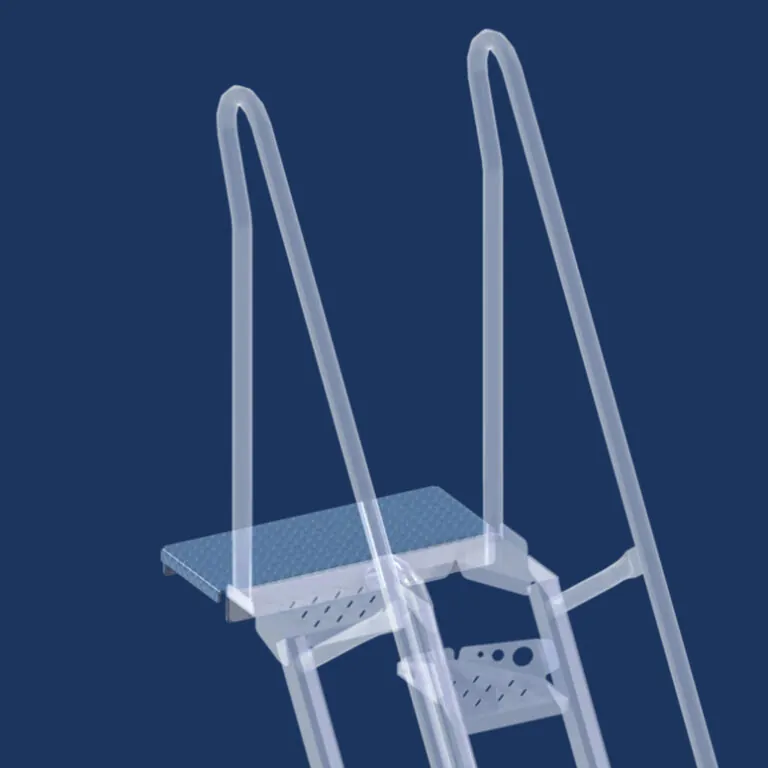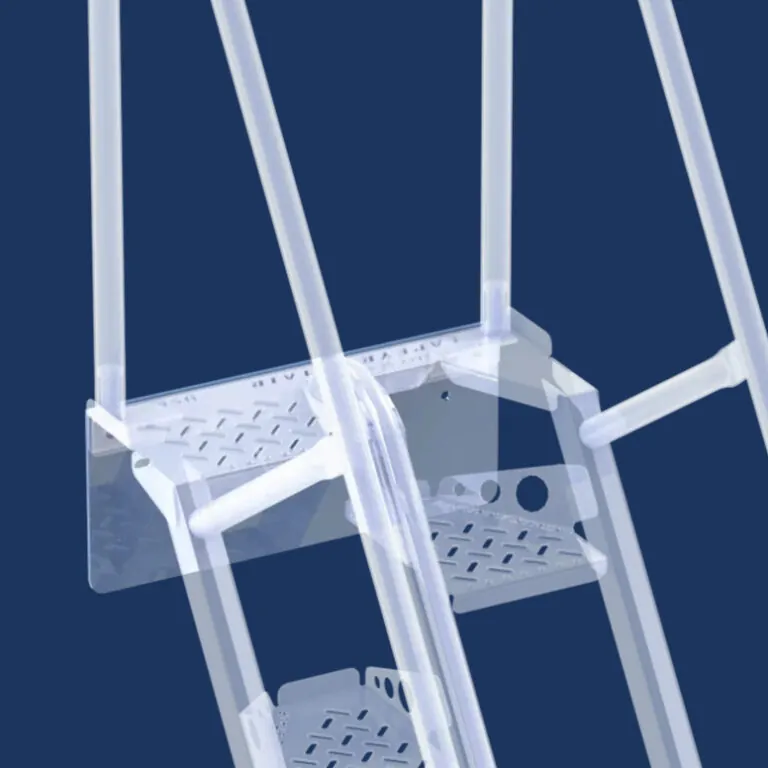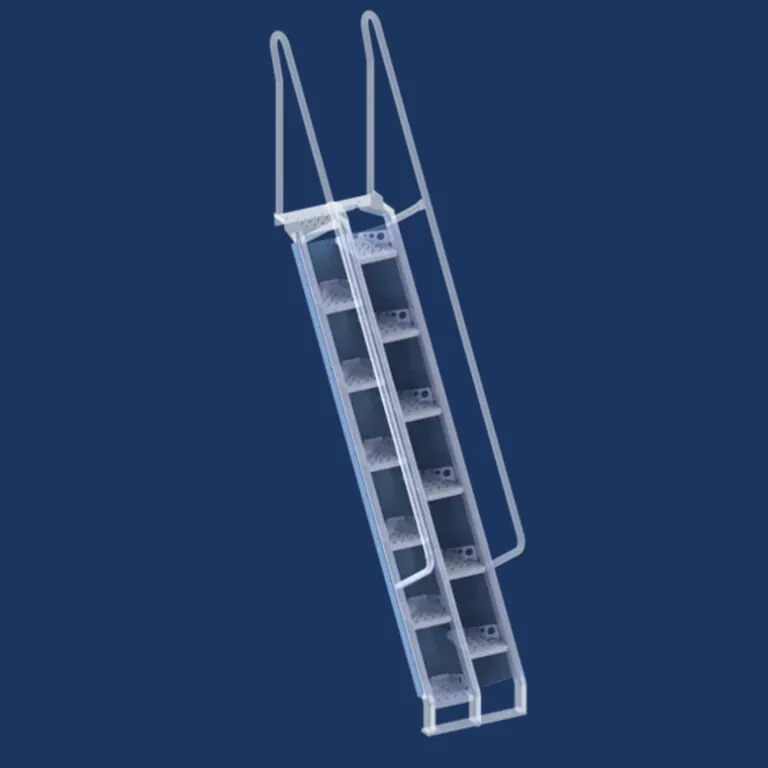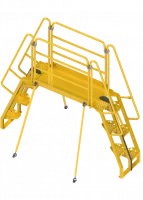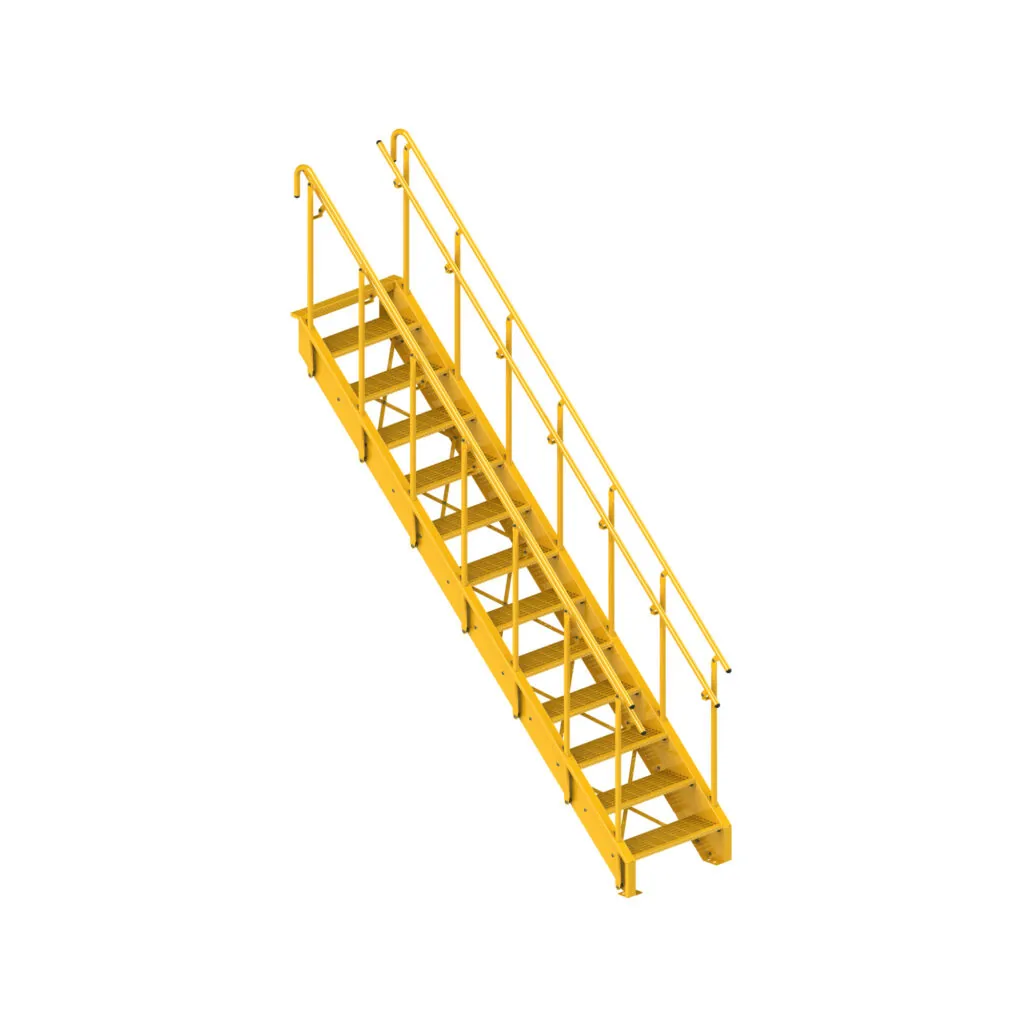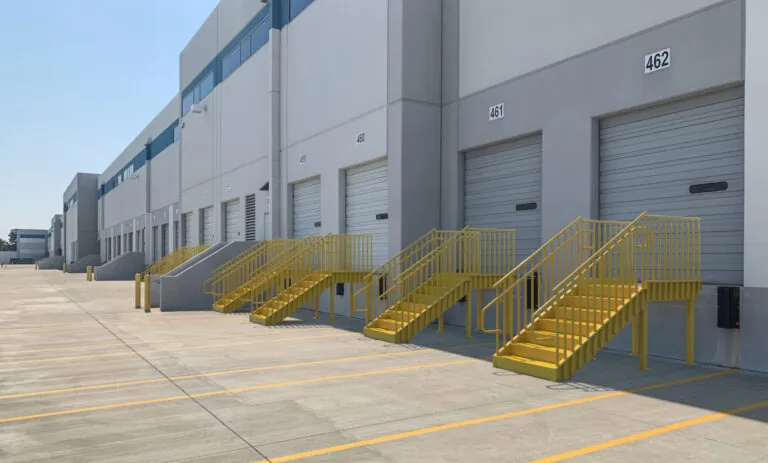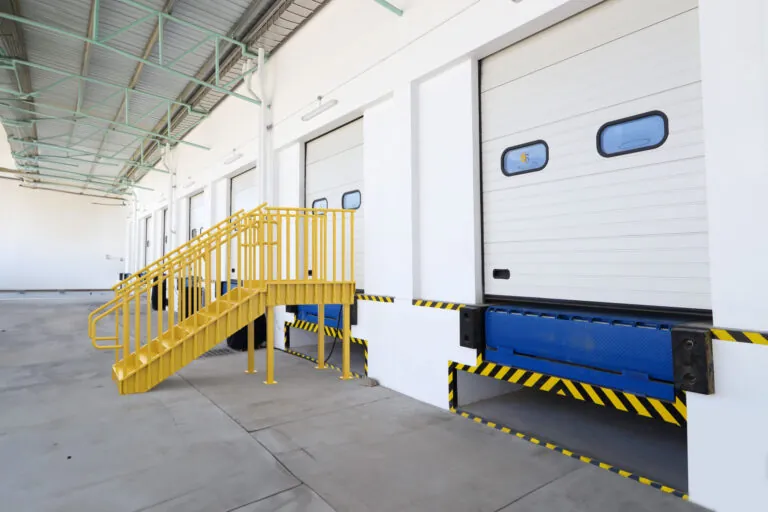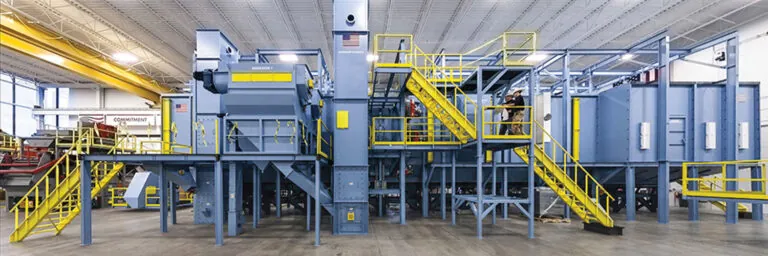Workplace safety regulations cover many areas. However, the regulations concerning stairs are especially critical, particularly in industrial settings where risks are heightened. Industrial stairs are not just pathways. They are crucial structures ensuring safe access and egress in workplaces where machinery, heavy equipment, and elevated platforms are common.
The regulations surrounding industrial stairs can be complex, as they often intersect with both federal and state guidelines. Two key regulatory bodies that issue regulations regarding industrial stairs in the United States are the Occupational Safety and Health Administration (OSHA) and the International Building Code (IBC). Understanding the requirements of both OSHA and IBC is essential to ensuring compliance and, more importantly, safeguarding the well-being of workers.
OSHA Regulations: Prioritizing Safety in the Workplace

OSHA, established under the Occupational Safety and Health Act of 1970, is a federal agency dedicated to ensuring safe and healthy working conditions for employees. When it comes to industrial stairs, OSHA provides comprehensive guidelines aimed at minimizing hazards and preventing accidents. Key aspects of OSHA regulations regarding industrial stairs include:
General Requirements
OSHA stipulates that stairs used for access or egress must be designed to support the intended loads and provide safe passage for workers. These requirements include factors such as proper stair width, non-slip surfaces, and adequate headroom to prevent injuries.
Stair Dimensions
OSHA mandates specific dimensions for industrial stairs to ensure usability and safety. For example, the width of stairs should be no less than 22 inches. In addition, riser height should be between 6 and 7.5 inches, with consistent dimensions throughout the staircase.
Handrails and Guardrails
Handrails and guardrails play a crucial role in preventing falls on industrial stairs. OSHA requires handrails on both sides of stairs where the width exceeds 44 inches. Guardrails are necessary along open sides of stairs that are more than 30 inches above the ground.
Visibility and Lighting
Adequate lighting and visibility are essential for safe stair use. OSHA regulations mandate proper illumination of stairways and the absence of obstructions that could impede visibility.
Maintenance and Inspection
Regular maintenance and inspection of industrial stairs are necessary to ensure ongoing compliance with OSHA standards. Any signs of wear, damage, or hazards must be addressed promptly.
IBC Guidelines: Ensuring Structural Integrity and Code Compliance

In addition to OSHA regulations, industrial stairs that are part of the building structure must also adhere to the International Building Code (IBC), which provides standardized requirements for building design and construction. While OSHA focuses primarily on worker safety, the IBC encompasses broader aspects of building safety, including structural integrity and fire prevention. Key considerations regarding industrial stairs within the IBC framework include:
Structural Design
The IBC lays out specific criteria for the structural design of stairs, including load-bearing capacity, materials, and construction methods. Stairs must be engineered to withstand anticipated loads and environmental factors to ensure long-term stability.
Fire Safety
Industrial stairs are often integral to evacuation routes in the event of a fire or other emergencies. The IBC mandates fire-resistant materials and construction methods for stairs, along with clear pathways to facilitate swift egress.
Exit Requirements
Industrial stairs serving as exits or emergency egress routes must meet specific criteria outlined in the IBC. Exit requirements include the number and width of stairs, as well as the distance to exits and evacuation areas.
Code Compliance
Compliance with the IBC is essential for obtaining building permits and certifications. Industrial stairs must undergo thorough inspections to verify adherence to code requirements before and after installation.
Conclusion: Striving for Safety and Compliance
When it comes to industrial safety, adherence to regulations governing stair design and construction is non-negotiable. OSHA and IBC guidelines provide a framework for ensuring that industrial stairs are not only functional but also safe and compliant with applicable standards. By understanding the requirements outlined by these regulatory bodies, employers and building owners can take proactive measures to mitigate risks and create a safer environment for stair users.
From the dimensions and materials used in construction to the presence of handrails and adherence to fire safety protocols, every aspect of industrial stairs must be carefully considered to meet regulatory standards. Moreover, ongoing maintenance and periodic inspections are essential to address potential hazards and maintain compliance over time.
Ultimately, prioritizing safety in the design and maintenance of industrial stairs is not just a legal obligation but a moral imperative. By investing in proper infrastructure and adhering to regulatory guidelines, organizations can safeguard the well-being of their workers and minimize the risk of accidents and injuries in industrial settings. Navigating industrial stairs regulations may be complex, but the commitment to safety it entails is invaluable.

